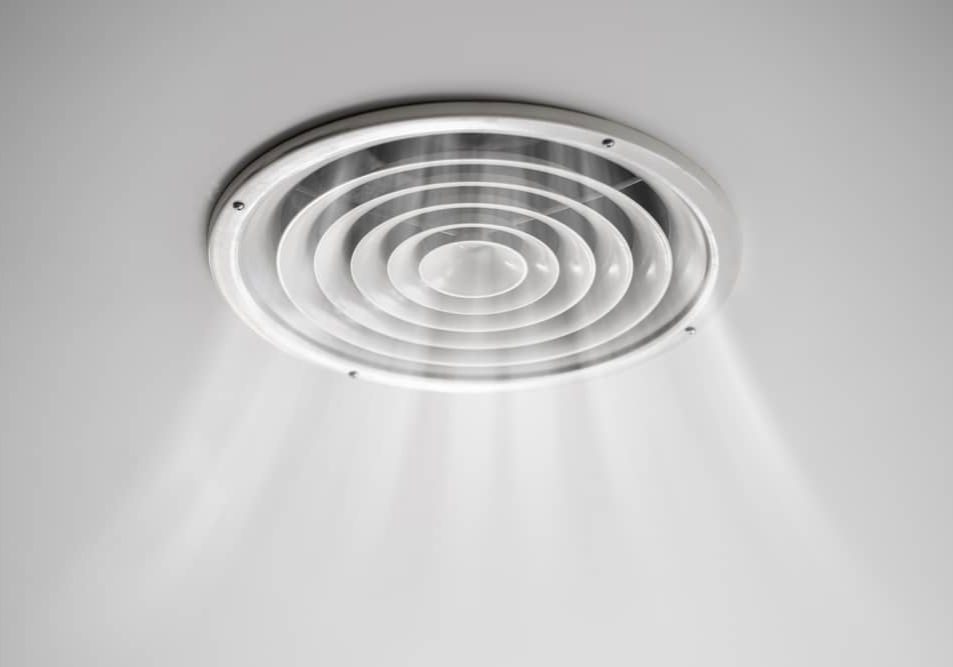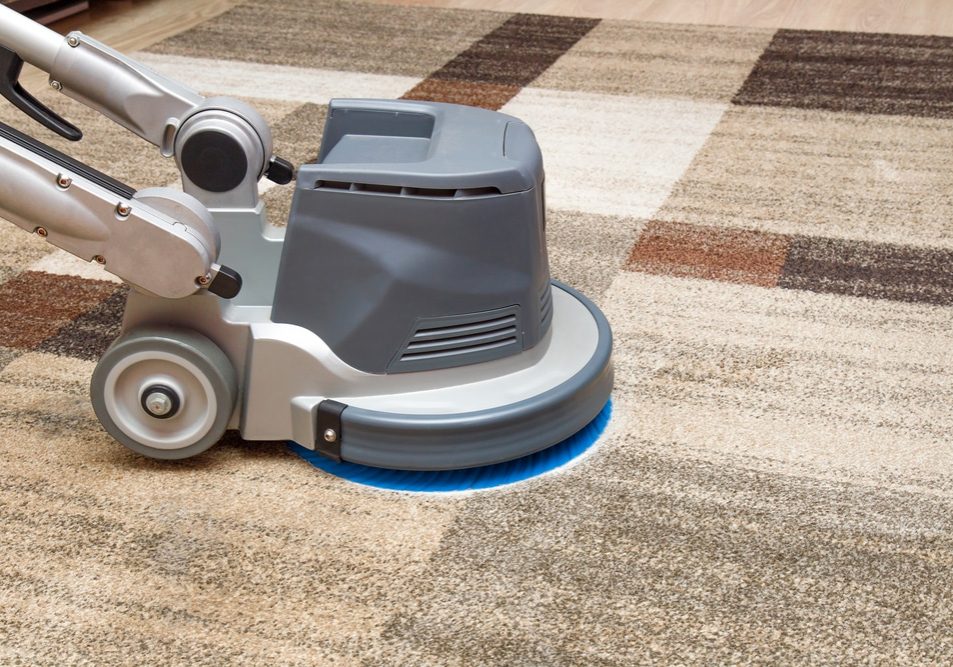Indoor air quality (IAQ) is a vital aspect of a healthy living environment, often underestimated by homeowners. It refers to the cleanliness and composition of the air within our homes—air that we breathe daily. Poor indoor air quality can have far-reaching effects on our health, comfort, and well-being.
Equally concerning is the presence of pests, which can turn a cozy home into a nightmare. These unwanted guests not only disrupt our peace of mind but can also pose serious health risks. But did you know there’s a significant connection between the quality of air in your home and the likelihood of pest infestations? Let’s explore how maintaining good indoor air quality can help you keep those unwanted pests at bay.
Understanding Indoor Air Quality
Indoor air quality is influenced by a variety of factors, including:
Maintaining good indoor air quality is essential not only for your health but also for your home. Poor air quality can lead to various health problems, including respiratory issues, allergies, and even chronic diseases. Furthermore, a compromised indoor environment can trigger pest infestations, leading to an ongoing battle with unwanted critters.

How Poor Indoor Air Quality Attracts Pests
Pests thrive in environments that provide them with food, water, and shelter. When indoor air quality is poor, various conditions can make your home more appealing to these invaders:
- Humidity: High humidity levels create damp environments ideal for pests like cockroaches and termites. These pests are known to favor moist areas where they can easily find food and reproduce.
- Food Sources: Poor IAQ often leads to the accumulation of dust and debris, offering pests an ample food supply. For example:
- Cockroaches: They love to scavenge for food, and a dirty environment with crumbs and spills can attract them.
- Dust Mites: They thrive in humid environments and feed on dead skin cells found in bedding, carpets, and upholstery.
- Shelter: Poor ventilation and humidity can cause structural damage, such as water leaks and mold growth, creating ideal hiding spots for pests.
In conclusion, an unhealthy indoor environment can directly lead to pest problems, making it crucial to pay attention to your home’s air quality.
Strategies for Improving Indoor Air Quality to Prevent Pest Infestations
Improving indoor air quality is not only beneficial for your health but can also deter unwanted pests. Here are some strategies homeowners can implement:
- Vacuum Regularly: Use a vacuum with a HEPA filter to efficiently capture allergens and dust mites.
- Dust Surfaces: Use microfiber cloths to trap dust effectively, avoiding the spread of particles into the air.
- Keep Food Areas Clean: Make sure to clean up spills immediately and store food in airtight containers to reduce attractions for pests.

At Emtec Pest Control, we are committed to safe and responsible pest control. We understand that your family’s safety is your number one priority, so we make it our priority, too.
If you have any other questions about any of these pests or pest control for your home or business, contact your Oklahoma pest control experts at Emtec Pest Control by calling us or by filling out our online contact form.
